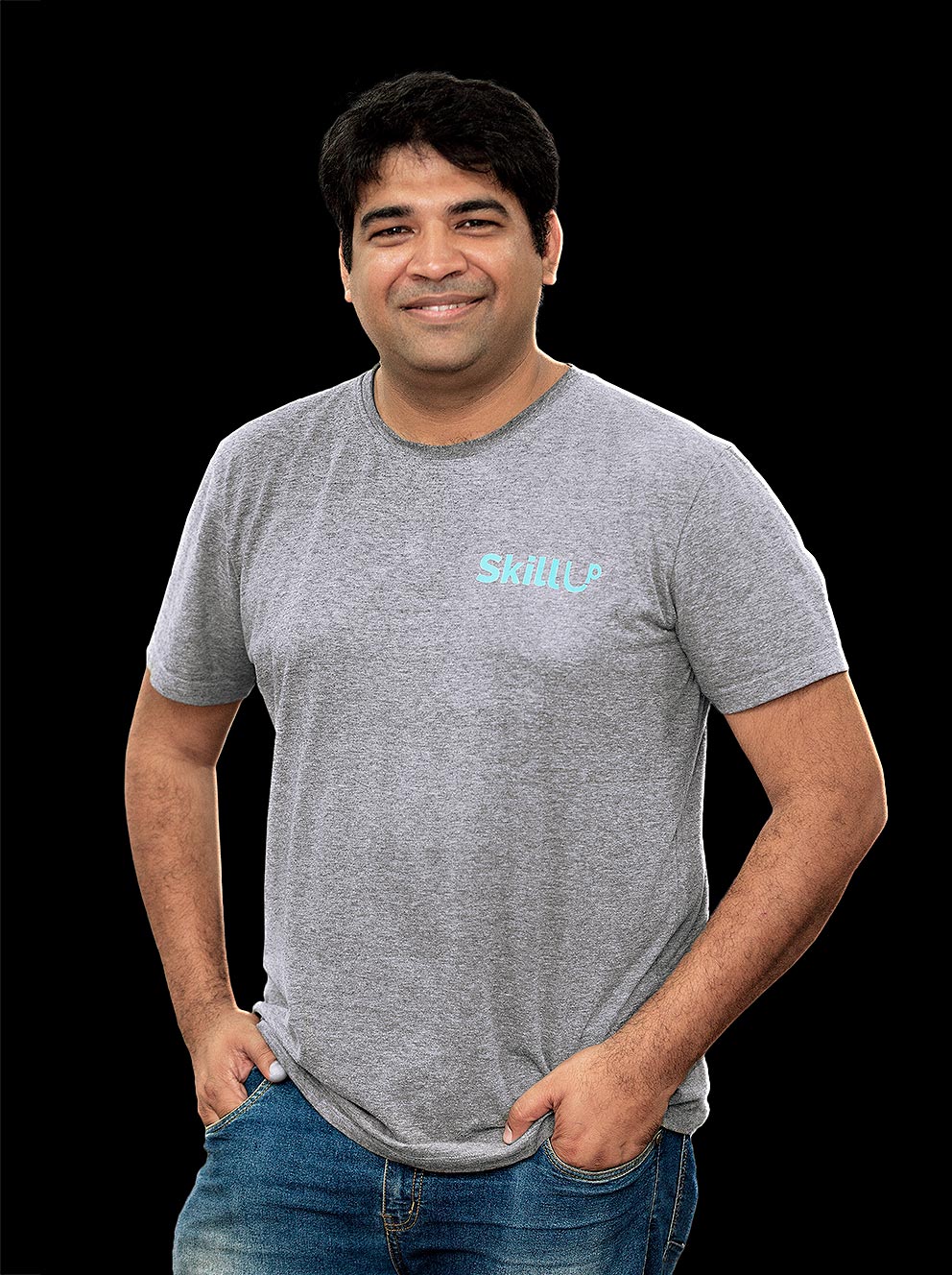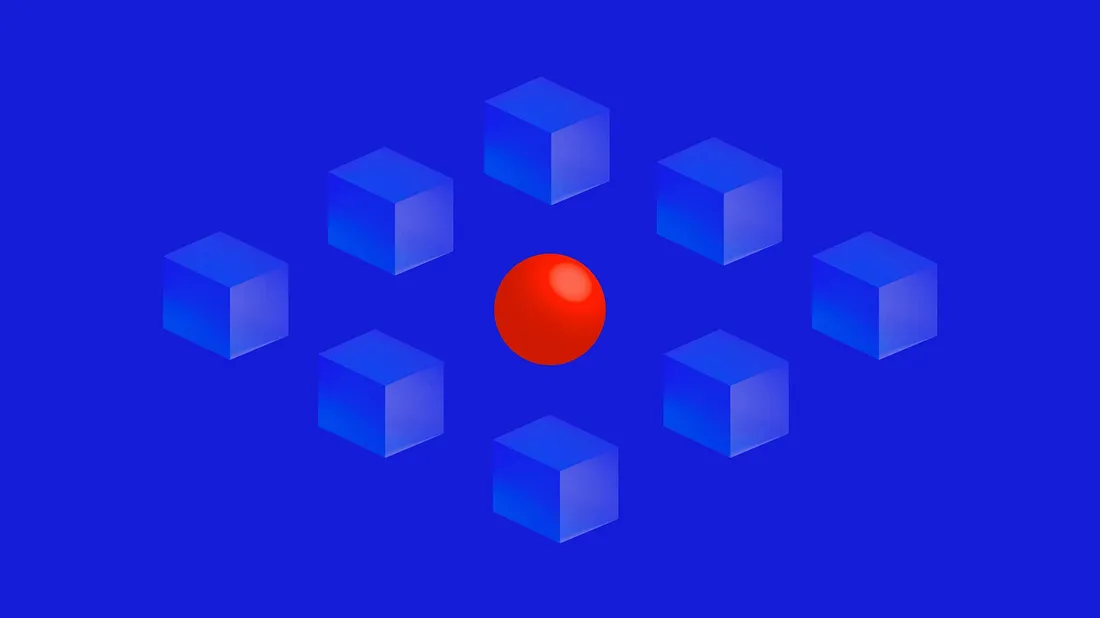It started as an internal email on how we should approach hiring but in the interest of transparency; I thought it would serve better as a blog post. Hiring is a crucial aspect of how we grow at Tarka Labs, and we take it very seriously.
Finding potential “Tarkans.”
Yeah. That’s what we call ourselves. Most of our hires have so far been from our network. Referrals are usually the most preferred source, as the potential candidate has got a reasonably good assessment from the referrer. We also get potential hires from enquiries from developer conferences and meetups where we speak or attend. We also take the help of good recruiting firms to help us with outreach. While tech recruiters catch a lot of flak, there are excellent professional recruiting firms who don’t just view this from the perspective of filling seats but have a genuine interest in both candidate’s career and the fit with Tarka Labs.
Résumé Screening
Often, the first piece of information we receive about a potential hire is a résumé. I usually do not find résumés to be a good indication of the candidate. What I look for instead is links to the candidate’s GitHub profile or his blog posts. It is often a better proxy for a candidate’s capabilities than academic credentials.
Coding Round
Once the candidate is screened, we set up a coding round. We understand that live coding can be intimidating. We do not pose any algorithmic challenges or quiz you on data structures. We find that those exercises are quite often pejorative and facetious. Instead, we present a problem with a broad enough domain, and we pair with the candidate on his/her chosen language in his/her preferred editor/IDE. That is often the reason we insist on candidates bringing their laptops. We usually do a ping pong pairing session by alternating between writing the implementation and the test. If we find the candidate has the skill but is nervous during the coding round, we make it a take-home test with slightly different scope. More than the accuracy of the solution, we are trying to understand how you think, how open are you to feedback from a peer and see if you can teach us something during the pairing session.
Technology Discussions
We then have one round for talking about the candidate’s experience and other aspects of architecture. It is often referred to lovingly as the bikeshedding round. Most of it is a freewheeling discussion and sometimes involves code which involves whiteboard. No. We will still not ask you to invert a binary tree.
Culture Fit
The final round is a culture fit round where both the candidate and us assess each other and talk about our ambitions and plans.
In Conclusion
We know that this is not a perfect process, but we are continually refining it based on feedback from candidates. We know that hiring is hard, and we want to be transparent about our process. So you now know what to expect, any time you wish to join Tarka Labs.



